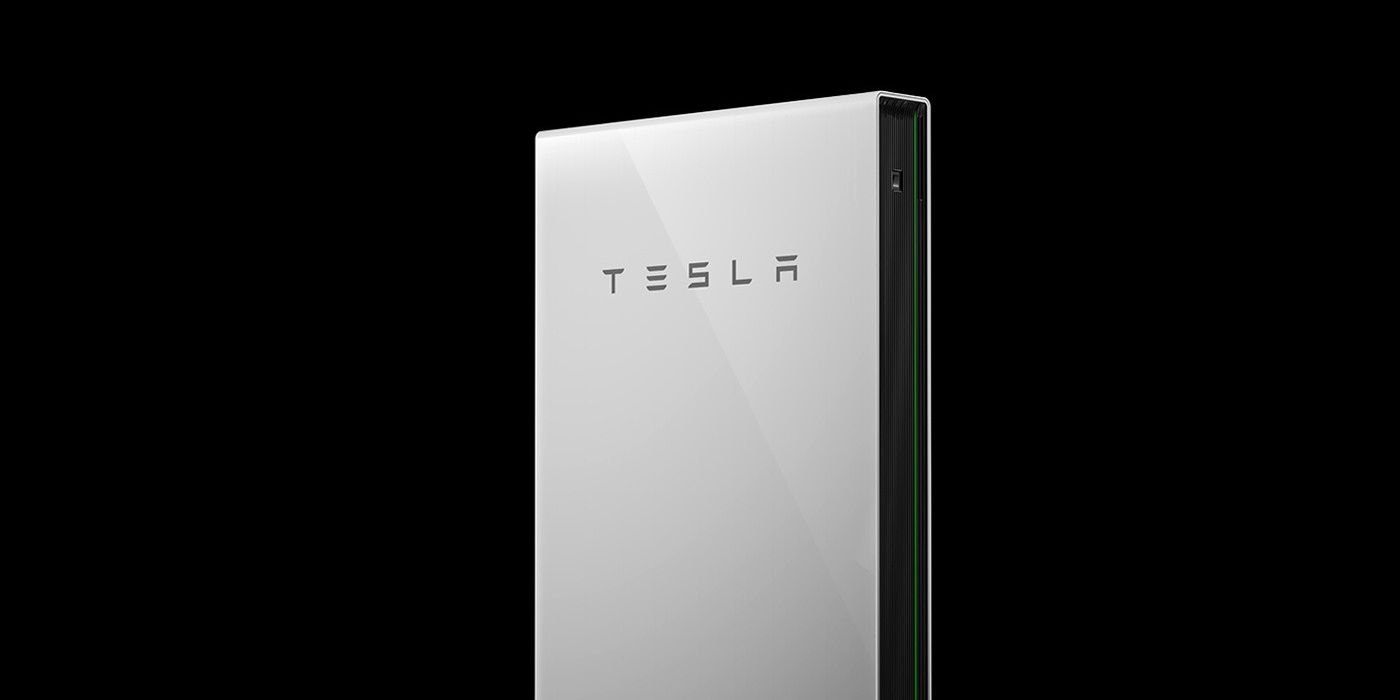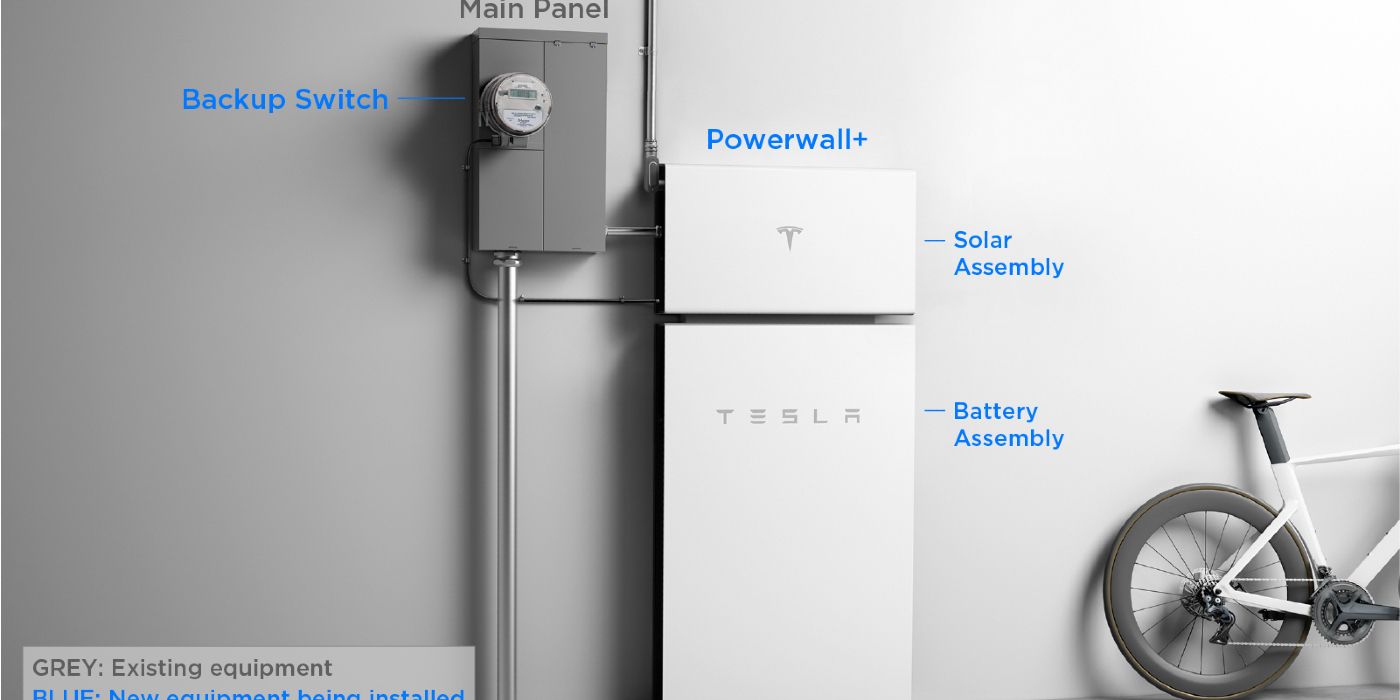The Tesla Powerwall is a lithium-battery system compatible with solar energy that serves the needs of households by powering appliances when there's an outage. While it's often considered a home energy solution, is it worth the buy? Homeowners are encouraged to purchase green energy solutions that primarily recharge using solar panels to reduce the pressure on the electrical grid. Even the government supports the green energy movement and has made notable efforts to incentivize households to switch. In addition, after passing the Inflation Reduction Act, people can now access more tax credits and rebates depending on their investment in clean energy.
When Tesla first launched, it had a reputation for making and selling cars that offered features no one had seen before. By developing electric vehicles, it also started making batteries. In 2015, it decided to experiment with the results of its battery production with home energy storage systems. Eventually, the Powerwall was birthed as an energy solution for households.
The Powerwall is designed to store energy collected from solar panels and the electricity grid for future household use. It also offers energy monitoring, smart metering and owner customization. Moreover, users can remotely access those features from the Tesla Mobile App. There are two types of Powerwall, regular Powerwall and Powerwall+. One striking difference between the two products is that the latter offers more on-grid and backup power, integrated Wi-Fi, Ethernet, Cellular LTE/4G and seamless backup transition coupled with improved off-grid performance. Although the Powerwall is manufactured by one of the world's leading automakers, what makes it worth the buy? Firstly, it serves as an alternate source of power supply. There's more. The Powerwall typically charges with solar power in the daytime, when the panels generate more electricity. It then reserves the power for times when it's needed. This includes periods of power outages or at night when the panels stop producing power. The Powerwall is engineered to detect when one's electricity rates are high. It'll only charge when the rates are low, allowing users to save money on utility bills.
More Reasons To Buy The Powerwall
A considerable part of the Powerwall's integration with the Tesla app is that users can monitor their solar energy consumption in real-time. They can also set their choices which enhances energy independence, outage protection, and savings. Equipped with a minimalist design, the Powerwall can be easily installed and comes with multiple mounting options for indoor and outdoor spaces. The Powerwall also supports over-the-air software updates using its connectivity features. Buying this product should depend on one's budget and the availability of solar panels at home. Interested users should also consider their electrical grid's dependability to know if they'll enjoy savings on utility bills by installing the Powerwall.
Tesla typically sells the Powerwall alongside its solar panels. However, an interested buyer can still get the Powerwall alone from an independent retailer. Currently, Tesla charges $11,500 for the product, though an upgrade of a household's electrical panel may require an additional $2,500. Tesla will determine if the upgrade is needed or not. It should be mentioned that anyone who opts to buy the Powerwall from a retailer may be charged more.
Source: Tesla


